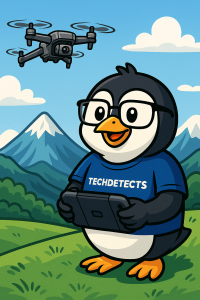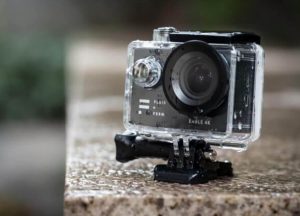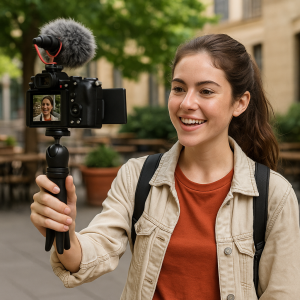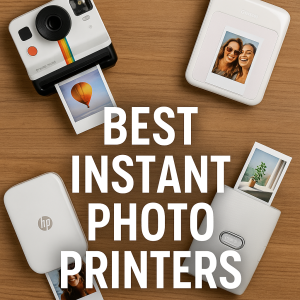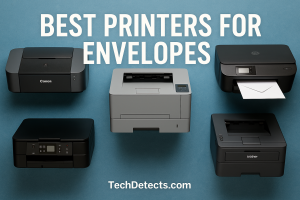Best Budget Cameras for Filmmaking (2025 Edition)
Creating cinematic content no longer requires a Hollywood-sized budget. With advancements in camera tech, filmmakers can now achieve crisp 4K video, high dynamic range, and solid autofocus — all without spending a fortune. Whether you’re shooting indie films, documentaries, vlogs, or short-form content, the following cameras are some of the best budget-friendly options available in 2025.
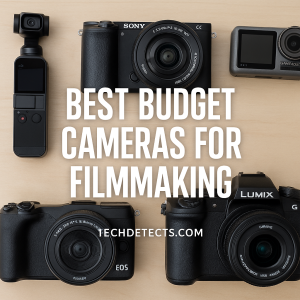
List of Best Budget Cameras for Filmmaking
Sony ZV‑E10 II
Type: APS‑C Mirrorless (Interchangeable Lens)
A top pick for budget-conscious filmmakers, the Sony ZV‑E10 II delivers high-quality 4K video, superb autofocus, and a fully articulating screen. It’s ideal for solo creators, vloggers, and YouTubers who need reliable video performance in a compact, lens-swappable package.
Best For: Beginner to intermediate filmmakers, solo creators, travel and content vlogging.
Canon EOS R50 V
Type: APS‑C Mirrorless (Entry-Level)
Canon’s EOS R50 V edition refines beginner video shooting with an intuitive UI, 4K60p video, and Canon’s excellent Dual Pixel autofocus. It’s affordable, compact, and perfect for creators getting serious about video work in 2025.
Best For: Entry-level filmmakers, vloggers, Canon ecosystem users.
DJI Osmo Pocket 3
Type: Compact Gimbal Camera
The Osmo Pocket 3 is a filmmaker’s portable dream. With its integrated 3-axis gimbal, it offers buttery smooth footage, 4K video, and useful features like face tracking and high dynamic range. Ideal for travel shoots or stabilized handheld sequences on the go.
Best For: Vlogging, travel filmmakers, behind-the-scenes content.
Panasonic Lumix G85 (G80/81)
Type: Micro Four Thirds Mirrorless
A long-standing favorite among indie creators, the G85 features in-body stabilization, weather-sealed build, and unlimited 4K recording — all at a budget-friendly price. While older, it remains highly reliable for low-budget productions.
Best For: Indie filmmakers, documentary shooters, outdoor production.
Sony FX30
Type: APS-C Cinema Camera
The FX30 is Sony’s entry-level Cinema Line camera — designed for serious filmmakers. It offers 10-bit 4:2:2 recording, S-Log3, 4K 120fps, and a rugged cinema-style build. Despite its compact form, it brings high-end specs to budget-friendly workflows.
Best For: Advanced users, short films, music videos, content creators stepping up.
Comparison Table
| Camera | Sensor Type | Stabilization | 4K Video | Best For |
|---|---|---|---|---|
| Sony ZV‑E10 II | APS‑C Mirrorless | Lens-based | Yes (up to 4K30) | Everyday creators, YouTubers |
| Canon EOS R50 V | APS‑C Mirrorless | Digital IS | Yes (4K60) | Beginners, Canon fans |
| DJI Osmo Pocket 3 | 1-inch CMOS + Gimbal | Mechanical | Yes (4K60 HDR) | Travel, handheld video |
| Panasonic G85 | Micro Four Thirds | In-body (IBIS) | Yes (4K30) | Documentary, indie projects |
| Sony FX30 | APS‑C Cinema | No IBIS | Yes (4K120) | Cinematic work, pro-level shoots |
Final Verdict
- For most aspiring filmmakers, the Sony ZV‑E10 II offers unbeatable value.
- If you’re looking for an easy gateway into mirrorless video, the Canon EOS R50 V is a smart pick.
- Need a gimbal-style cam for on-the-go? Go with the DJI Osmo Pocket 3.
- The Panasonic G85 still deserves respect for its rugged build and stabilization.
- Want a serious tool for cinematic quality? The Sony FX30 punches well above its price.
FAQ
1. Are these cameras good for YouTube and social video?
Yes — especially the Sony ZV‑E10 II and Canon R50 V, which are designed for creators.
2. What’s the difference between APS-C and Micro Four Thirds?
APS-C sensors are larger, offering better low-light performance and more background blur. Micro Four Thirds systems are more compact and lightweight.
3. Is 10-bit recording important for filmmaking?
Yes, especially for color grading. Cameras like the FX30 offer this advantage.
4. Can I record long videos without overheating?
Most of these cameras handle long-form recording well. Panasonic G85 and FX30 in particular are known for extended shoot capabilities.
5. Are these cameras good for handheld shooting?
Yes — especially the DJI Pocket 3 and Panasonic G85 which offer excellent stabilization.

